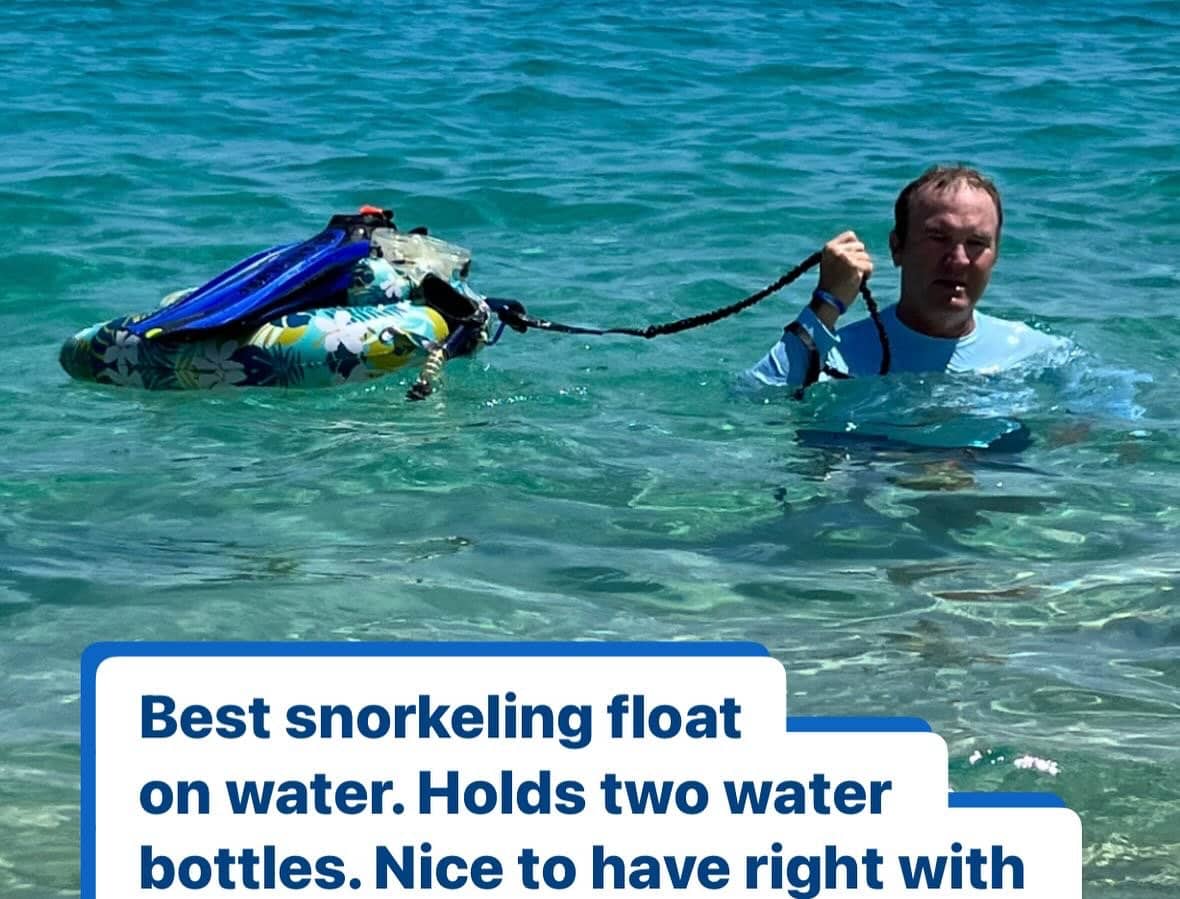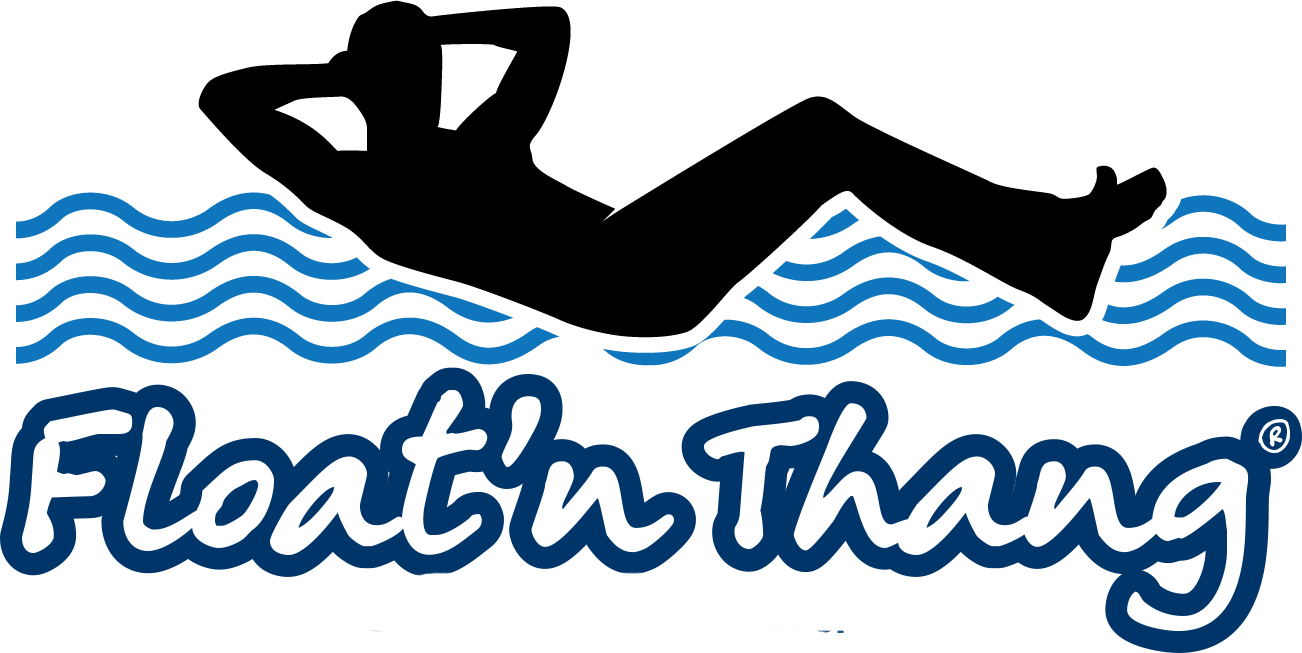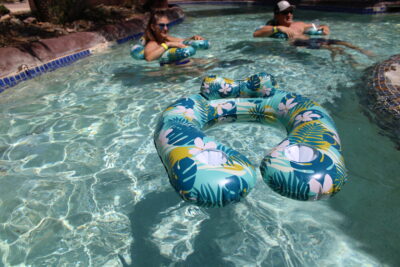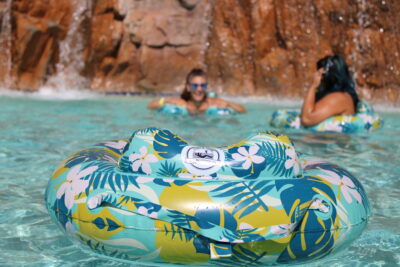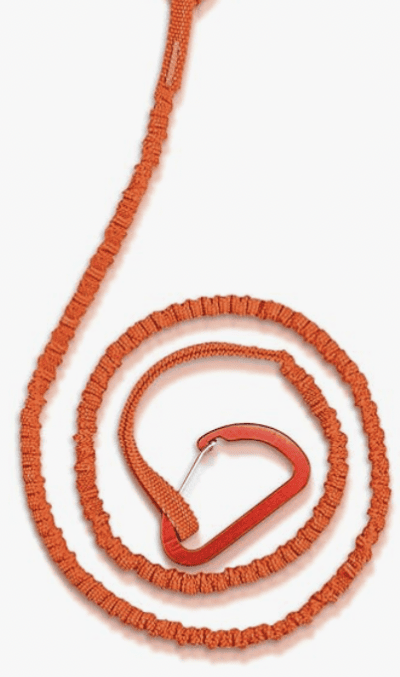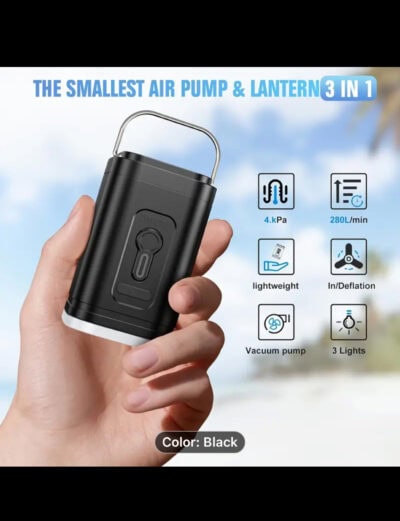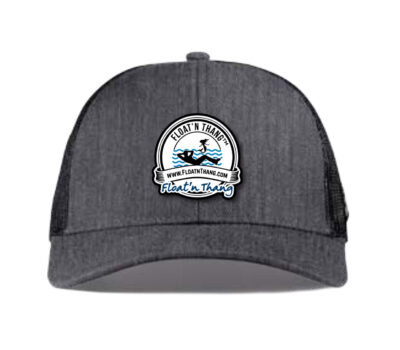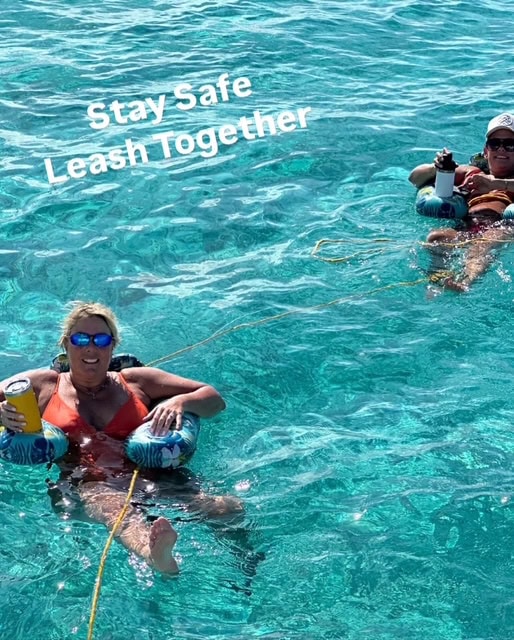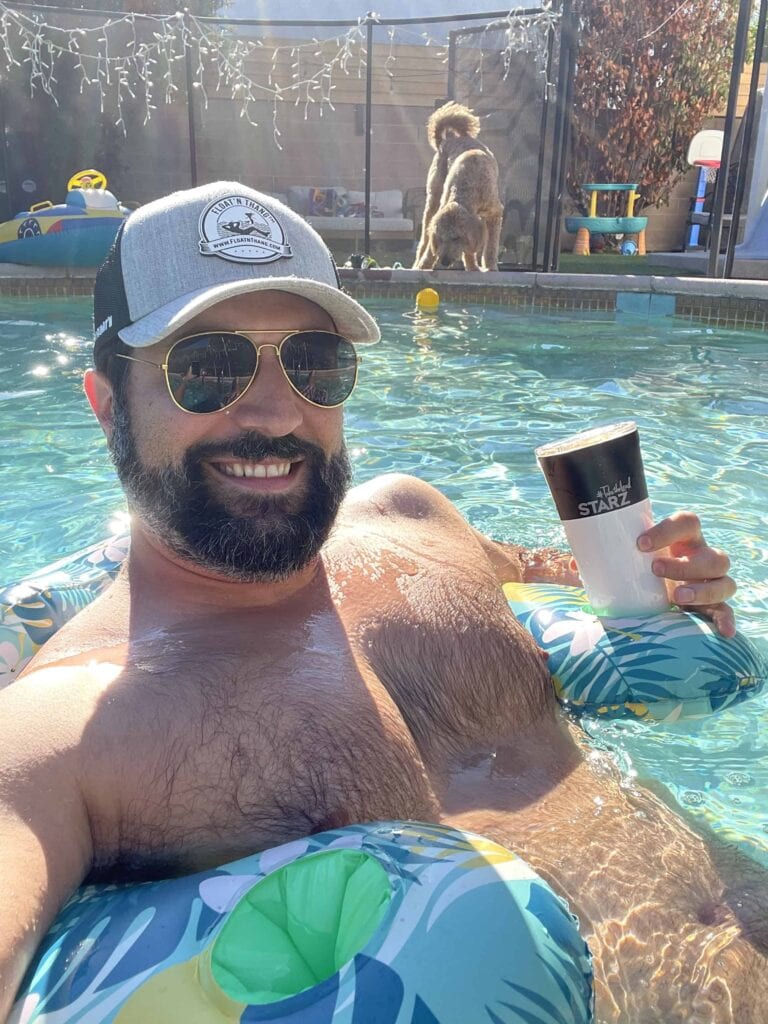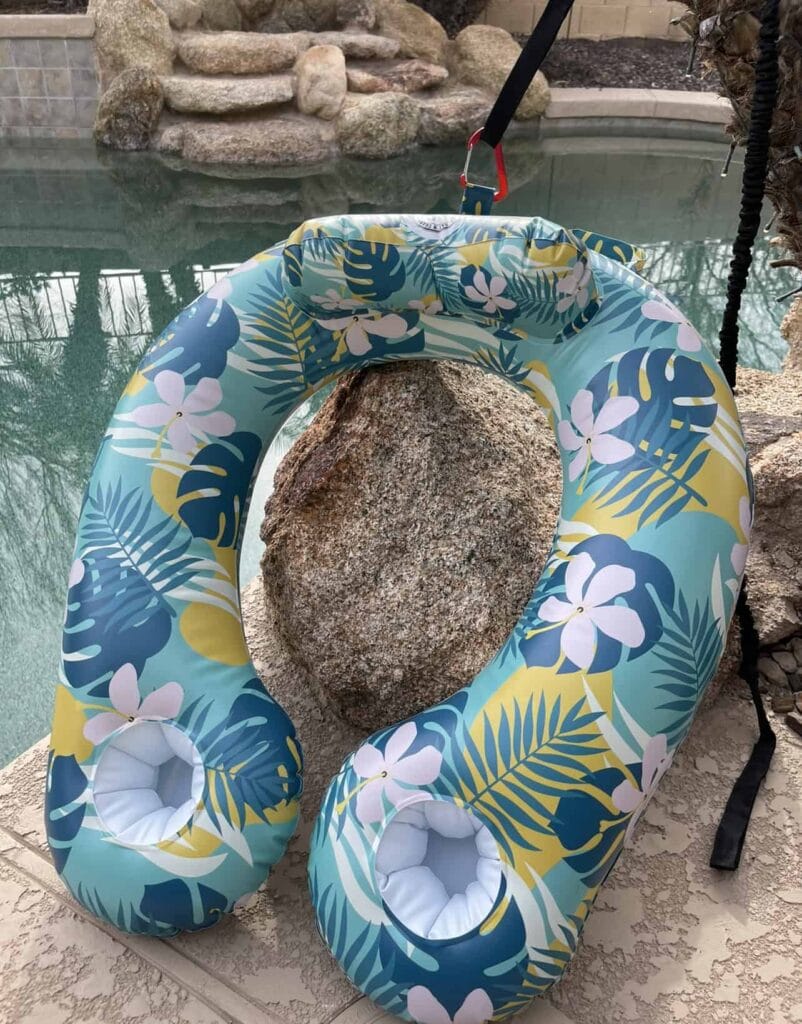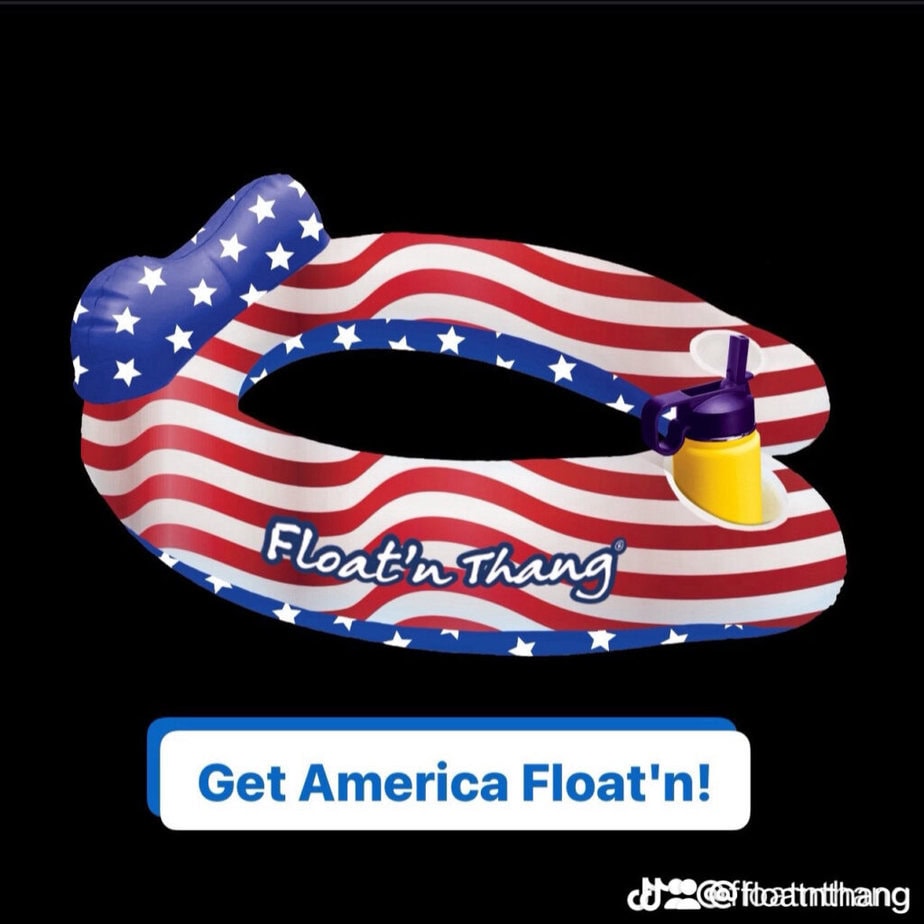In an age where inclusivity and accessibility are paramount, the importance of adaptive technology in water environments is increasingly recognized. From early swimming lessons for infants as young as six months to innovative solutions for individuals with limited mobility, the call for accessible design in aquatic settings resonates loudly. The mission to make water accessible is not only about safety; it’s about health, community, and, crucially, the joy of floating.
According to the *Centers for Disease Control and Prevention (CDC)*, early exposure to water through swimming lessons can significantly reduce the risk of drowning, the leading cause of unintentional death for children ages 1-4. Organizations like *Hope Floats Foundation* are at the forefront of promoting these lessons, emphasizing how vital swimming is in instilling confidence and safety in children. Accessible design starts with these early interventions, allowing families to learn vital skills in an inclusive and safe environment.

Their daughter now enjoys pool time.
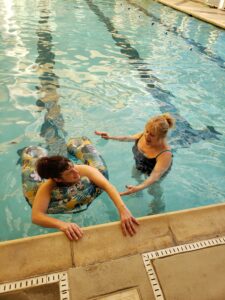
The Float’nThang Zero Gravity Float is being used as a swim aid for Jeanie, who has 100% loss of leg mobility.
For those who experience mobility challenges, accessing a truly “zero-gravity” environment is crucial. The innate buoyancy of water offers significant respite from the pressure of daily life, enabling individuals to float painlessly and relieve stress. However, traditional inflatables often leave users feeling restricted, forcing them into tight, discomforting positions. These products aren’t designed to promote free movement—the exact goal of adaptive technology.
This is where the innovative design of the *Float’n Thang* comes into play. Inspired by the body’s natural form, its unique U-shape allows individuals to float in various positions, enhancing comfort and mobility in the water. This versatile design means that swimmers can easily transition from a lounging position to standing upright, with the freedom to rest their arms and neck while remaining buoyant.
The impact of the Float’n Thang has been profound. It allows those who may have experienced paralysis from the waist down to enjoy an unprecedented sense of independence in the water. Accommodating multiple postures provides a unique floating experience, allowing users to regain agency over their aquatic environment—something many thought impossible. Doug reflects on an interaction that solidified the importance of this design: “Seeing someone float independently for the first time was a moment that completely changed our perspective on aquatic therapy.”
Moreover, the recent research showcasing the benefits of aquatic therapy for individuals with back and leg injuries bolsters the case for accessible design. As more people discover the positive impact of water on physical and mental health, demand for adaptive equipment that prioritizes comfort and usability will continue to grow.
In a world that increasingly embraces the importance of universal design, making water accessible is not merely a trend but a necessity. This is not just about individuals with disabilities—it’s about creating a community where everyone can enjoy water’s therapeutic, joyful benefits. By prioritizing designs that accommodate a range of needs, we can transform aquatic experiences for all.
For more information about the Float’n Thang and how adaptive technology shapes aquatic experiences, visit http://www.FloatnThang.com PRESS COVERAGE
Louise was so appreciative she wanted to share her photos. See post on her and Jeannie’s experience.
ELIMINATE DROWNINGS: Reducing the rate of needless drawings is greatly improved by learning how to swim. Using the right flotation for the location and conditions. Knowing what dangers to look for and how to overcome those factors that cause drownings will save lives.

